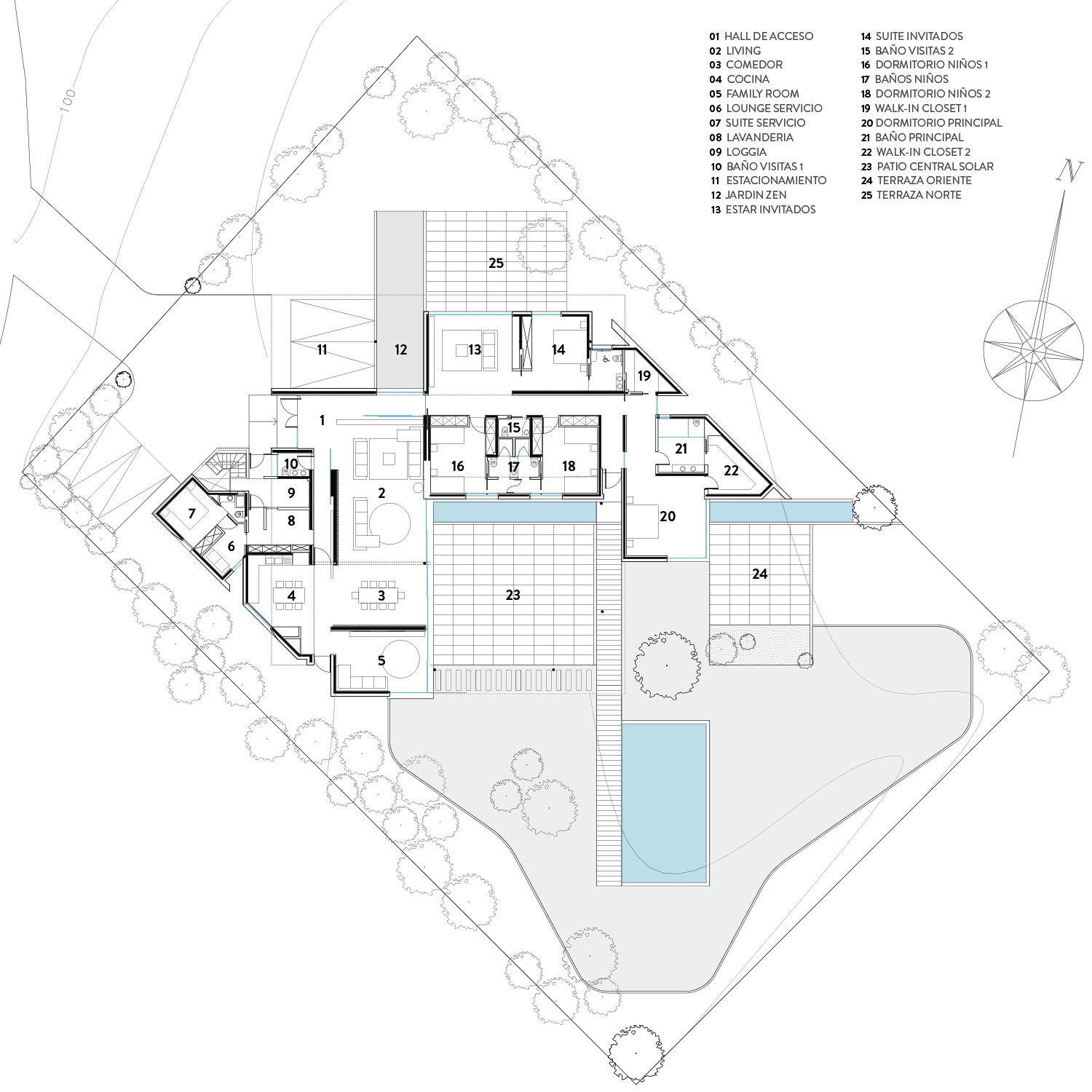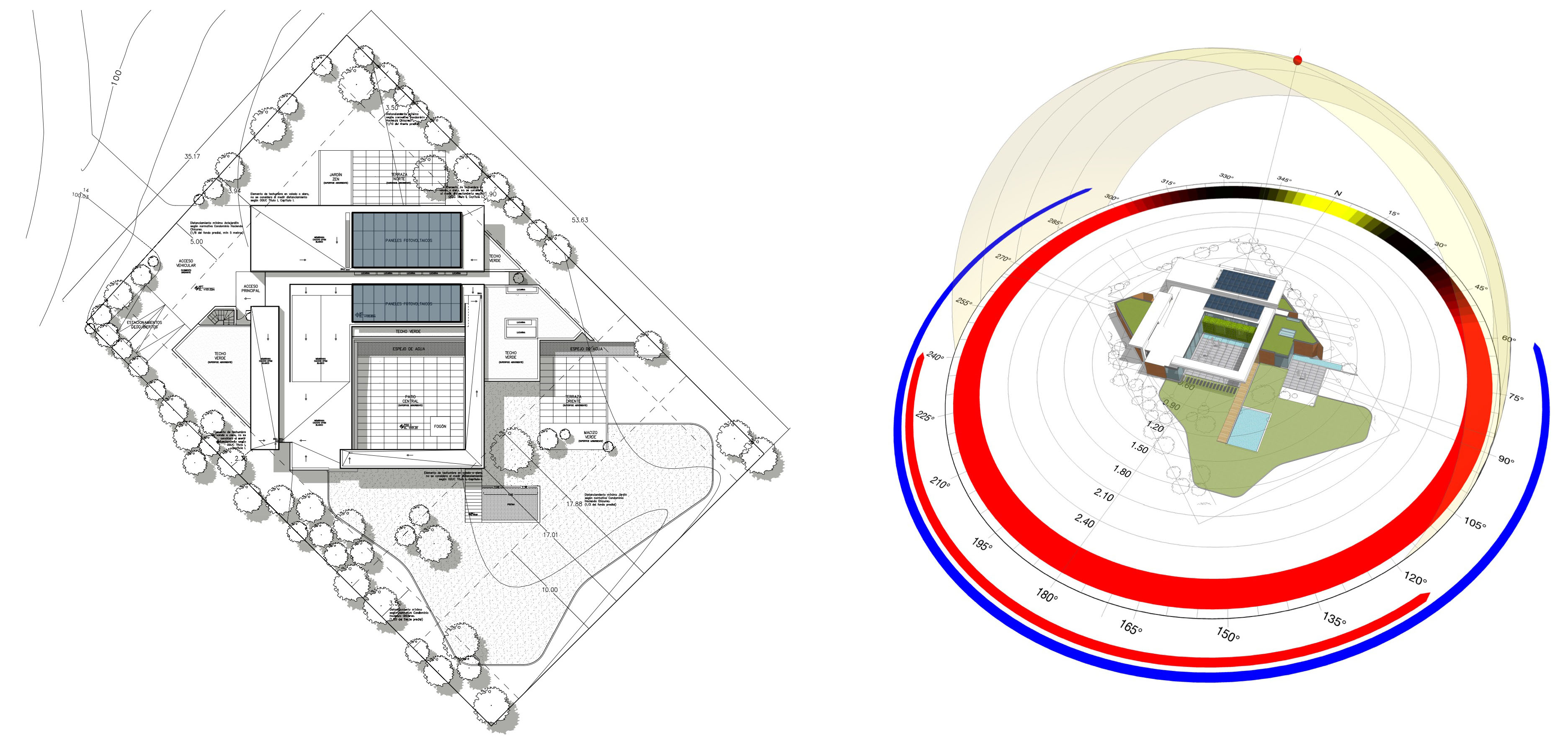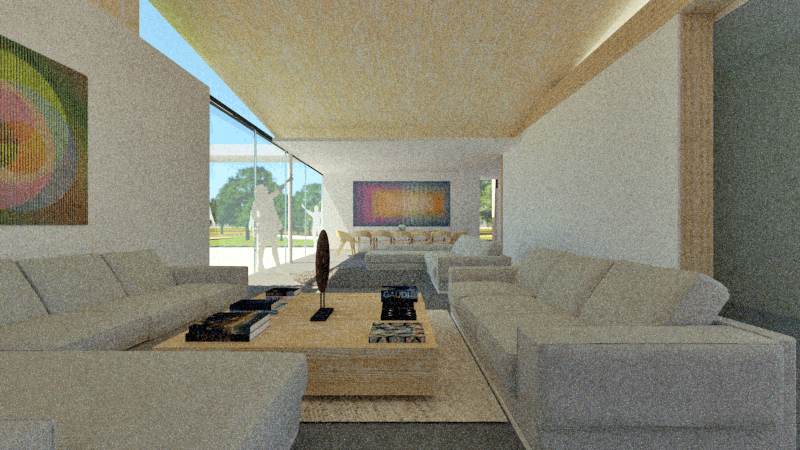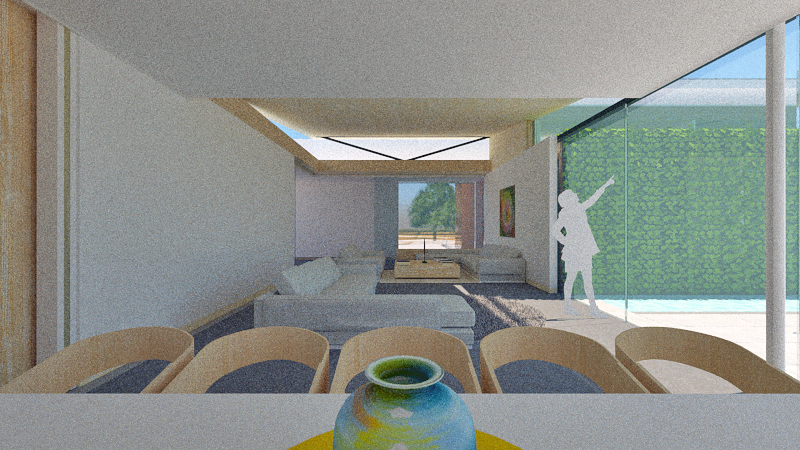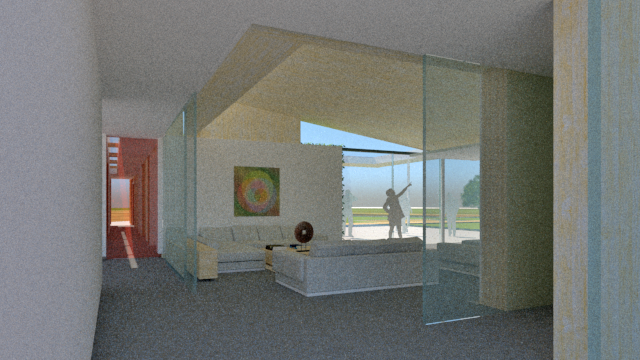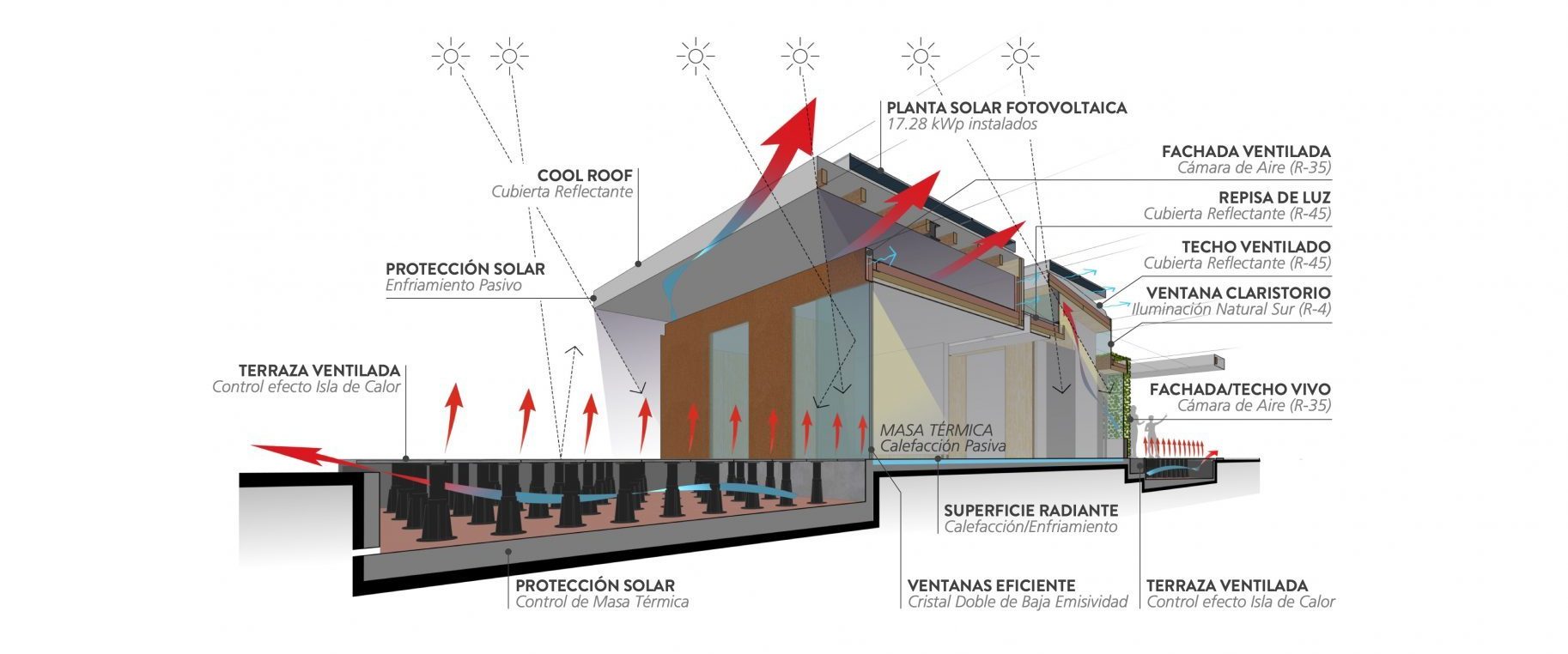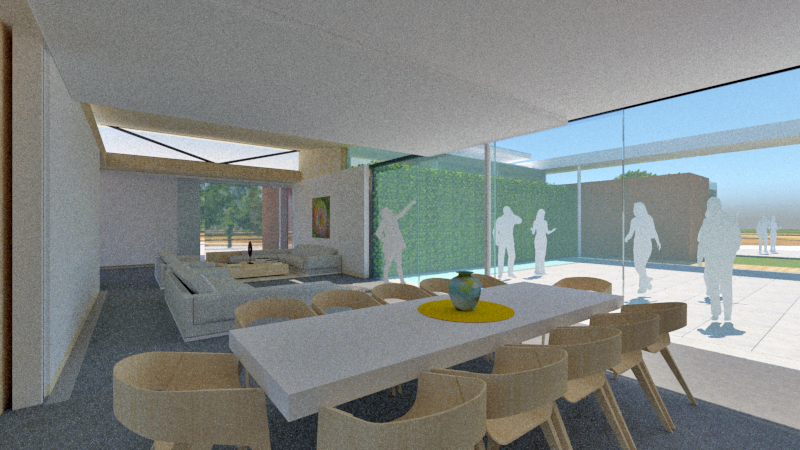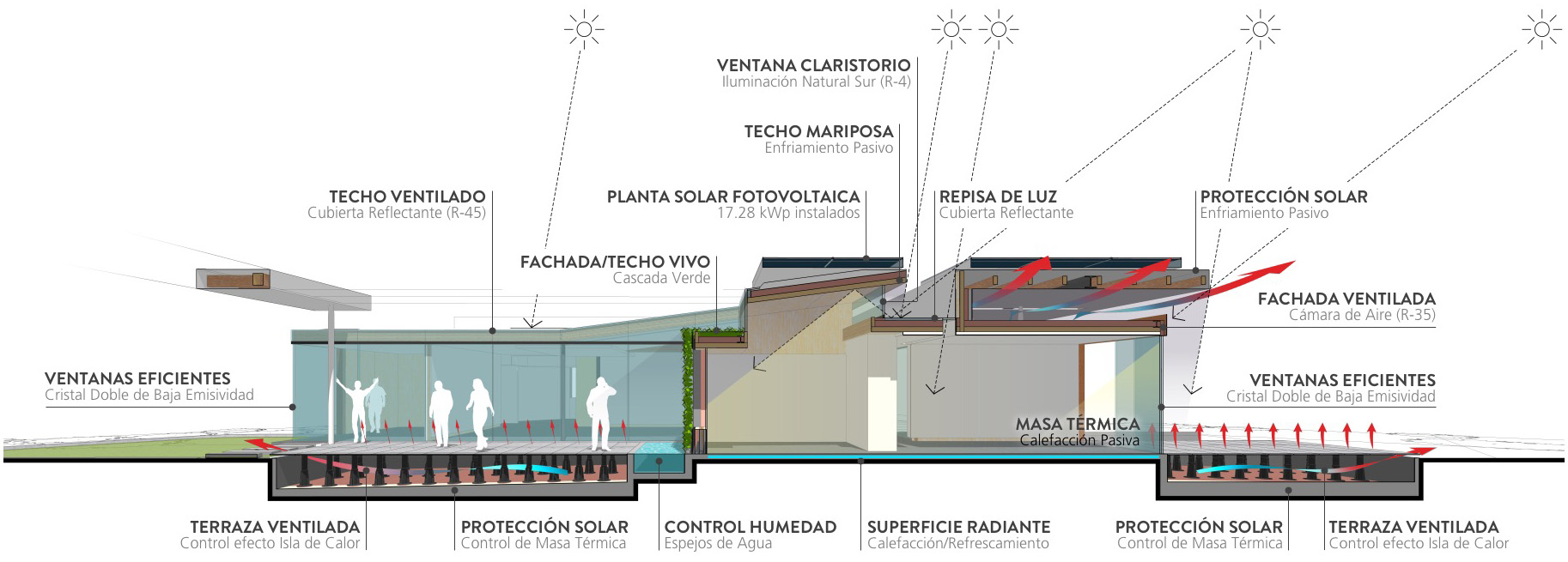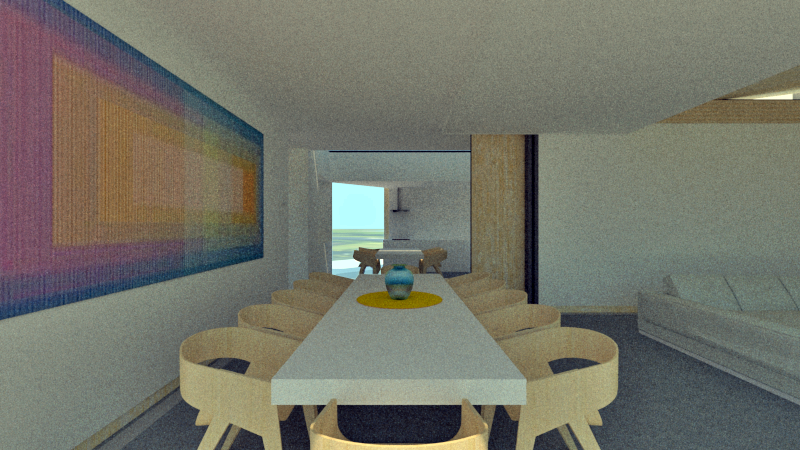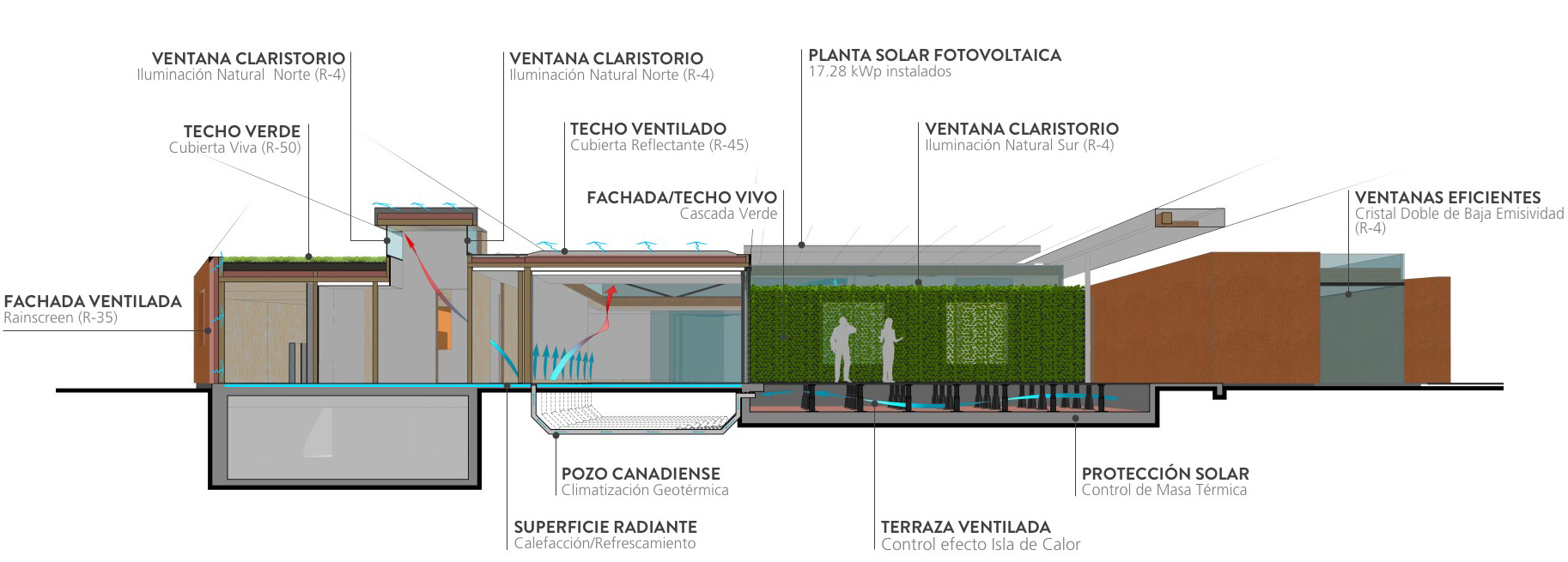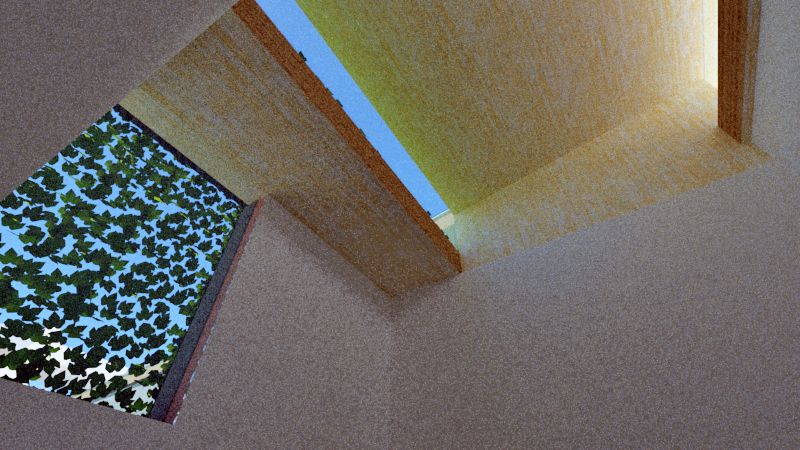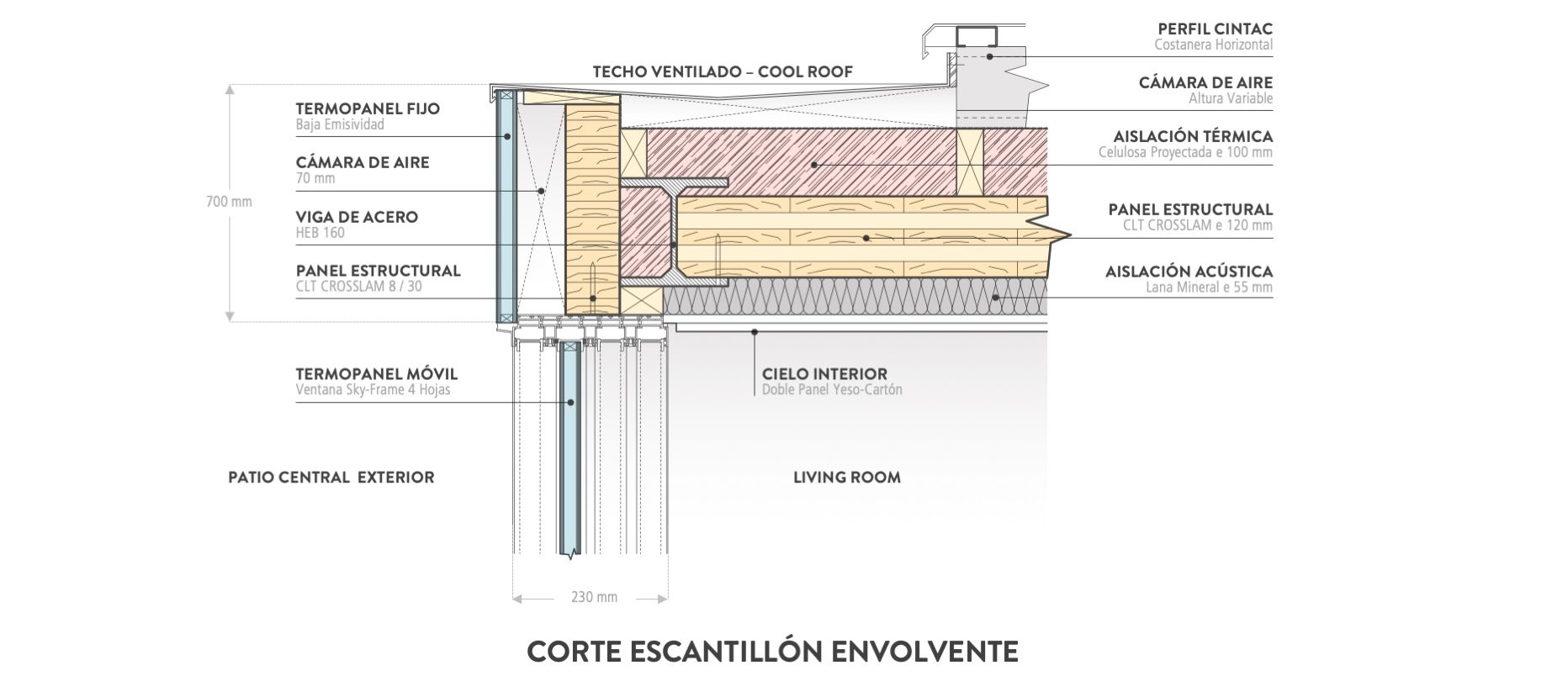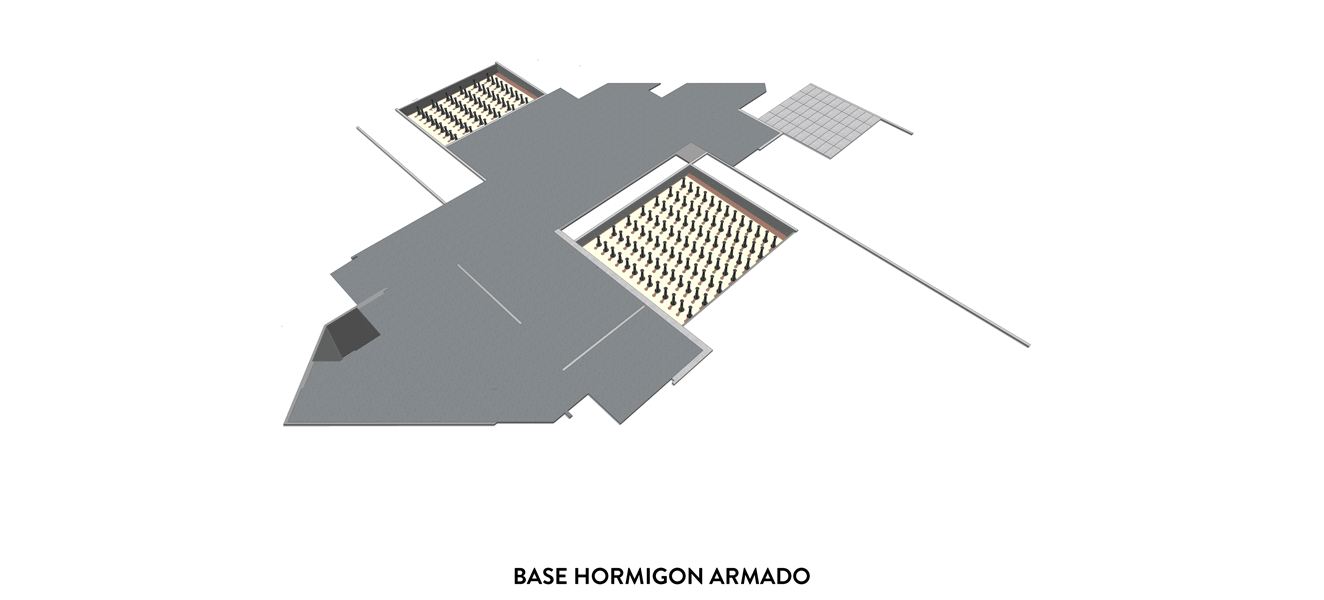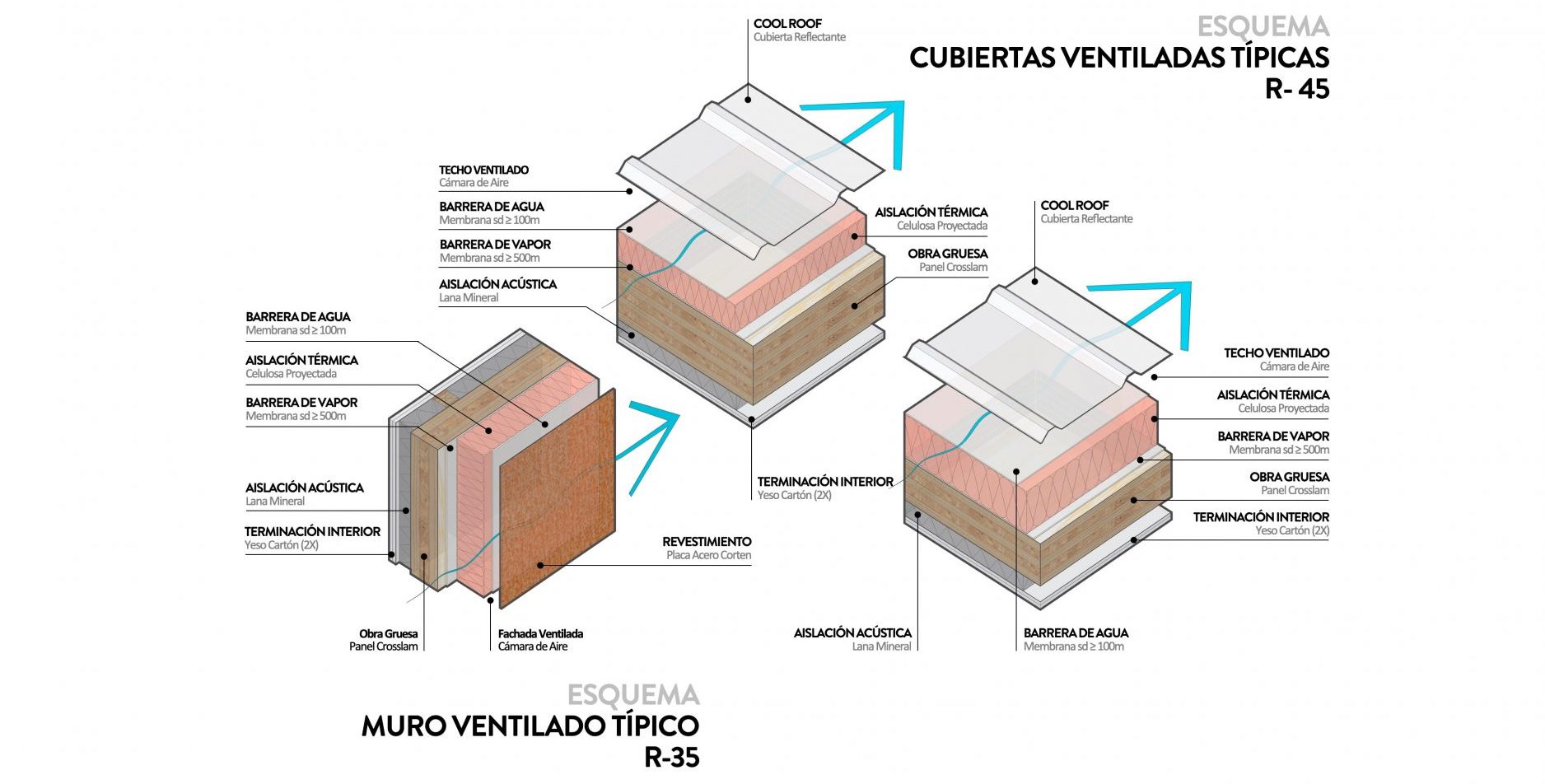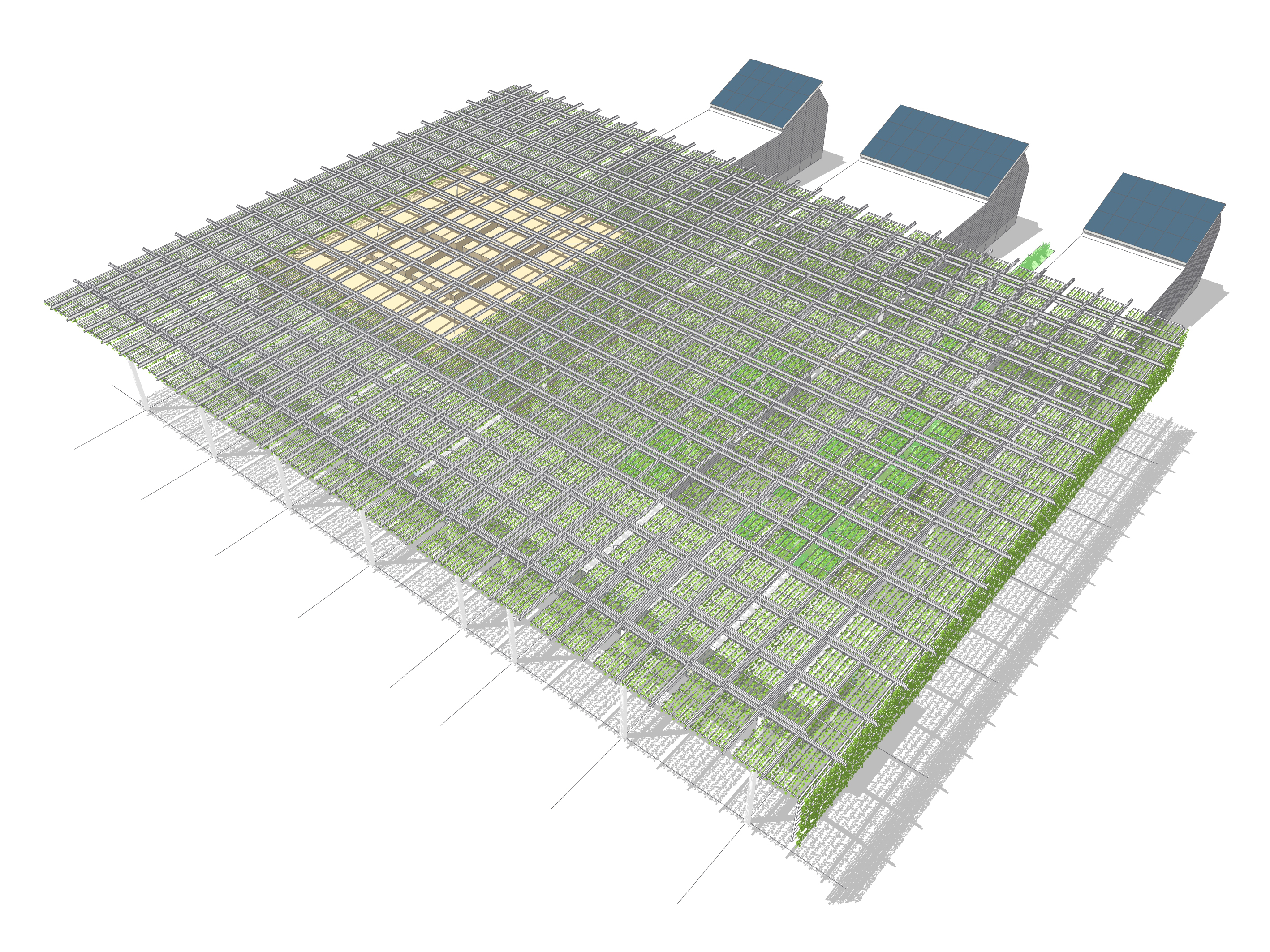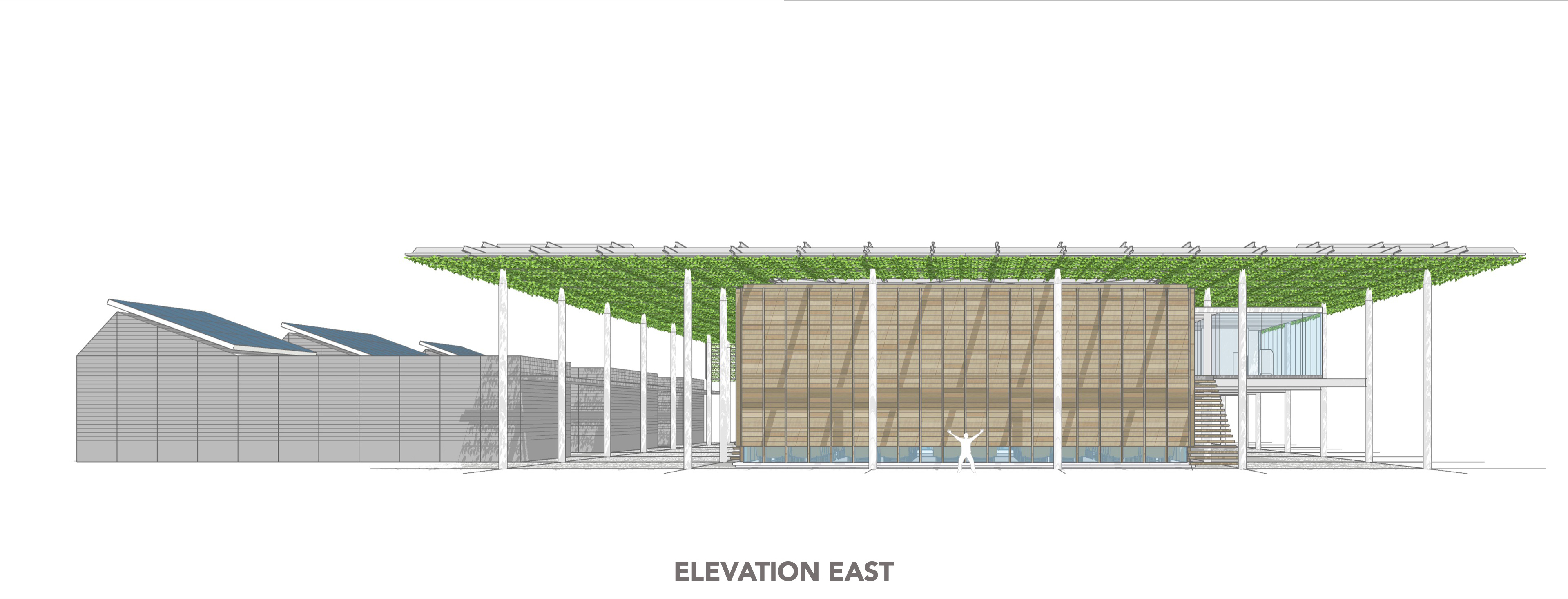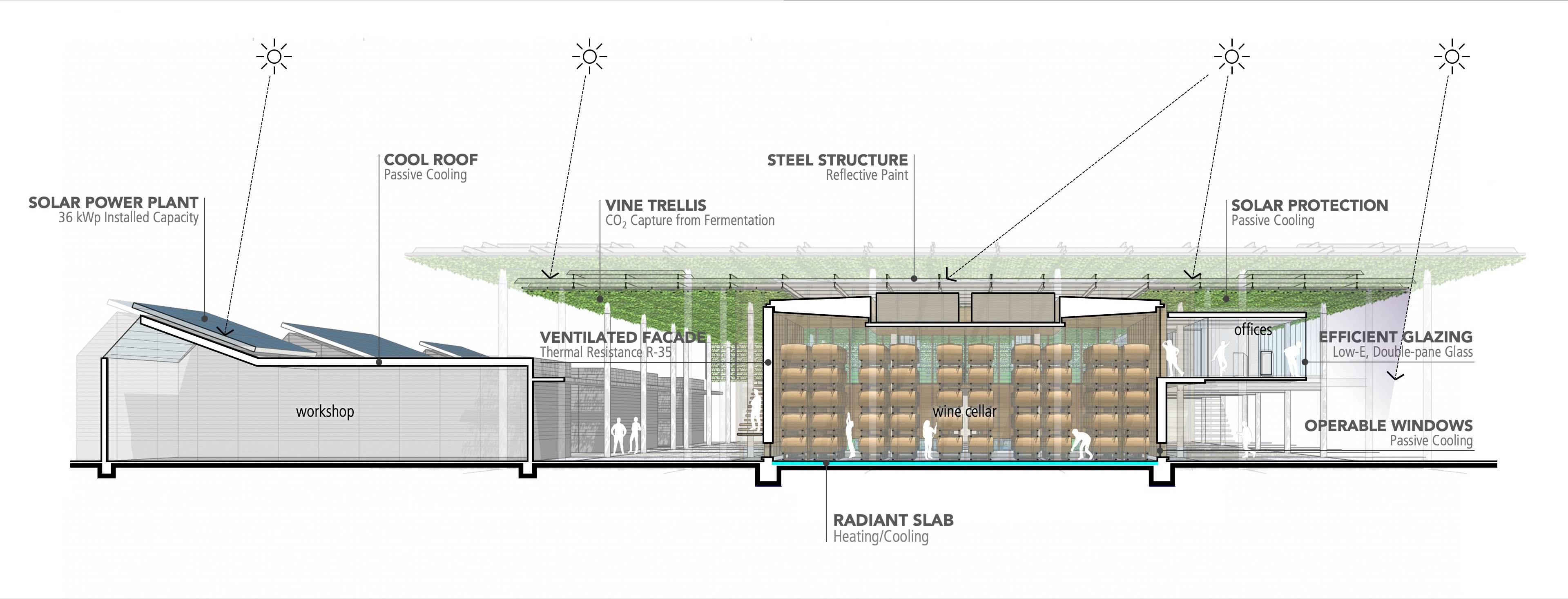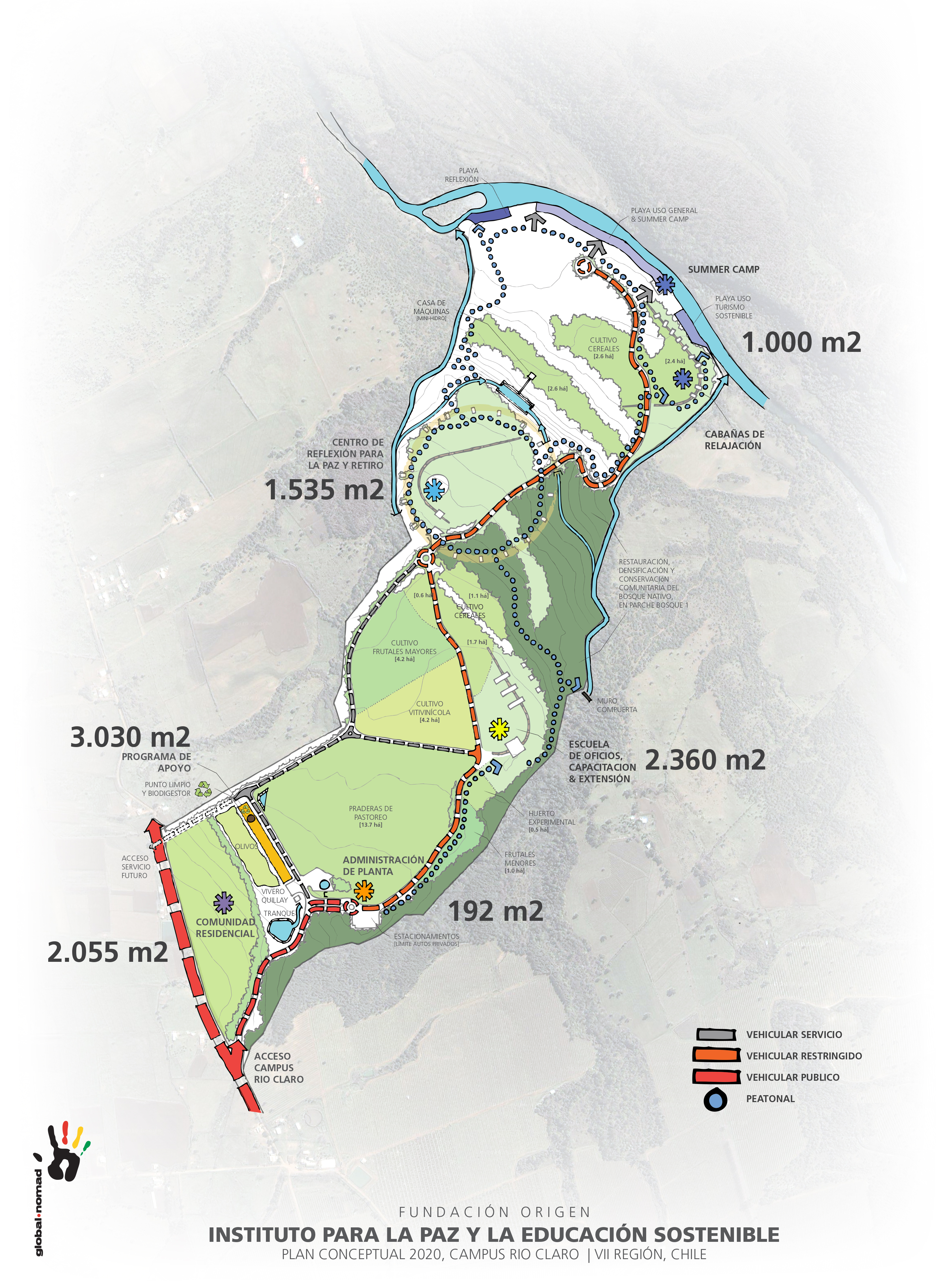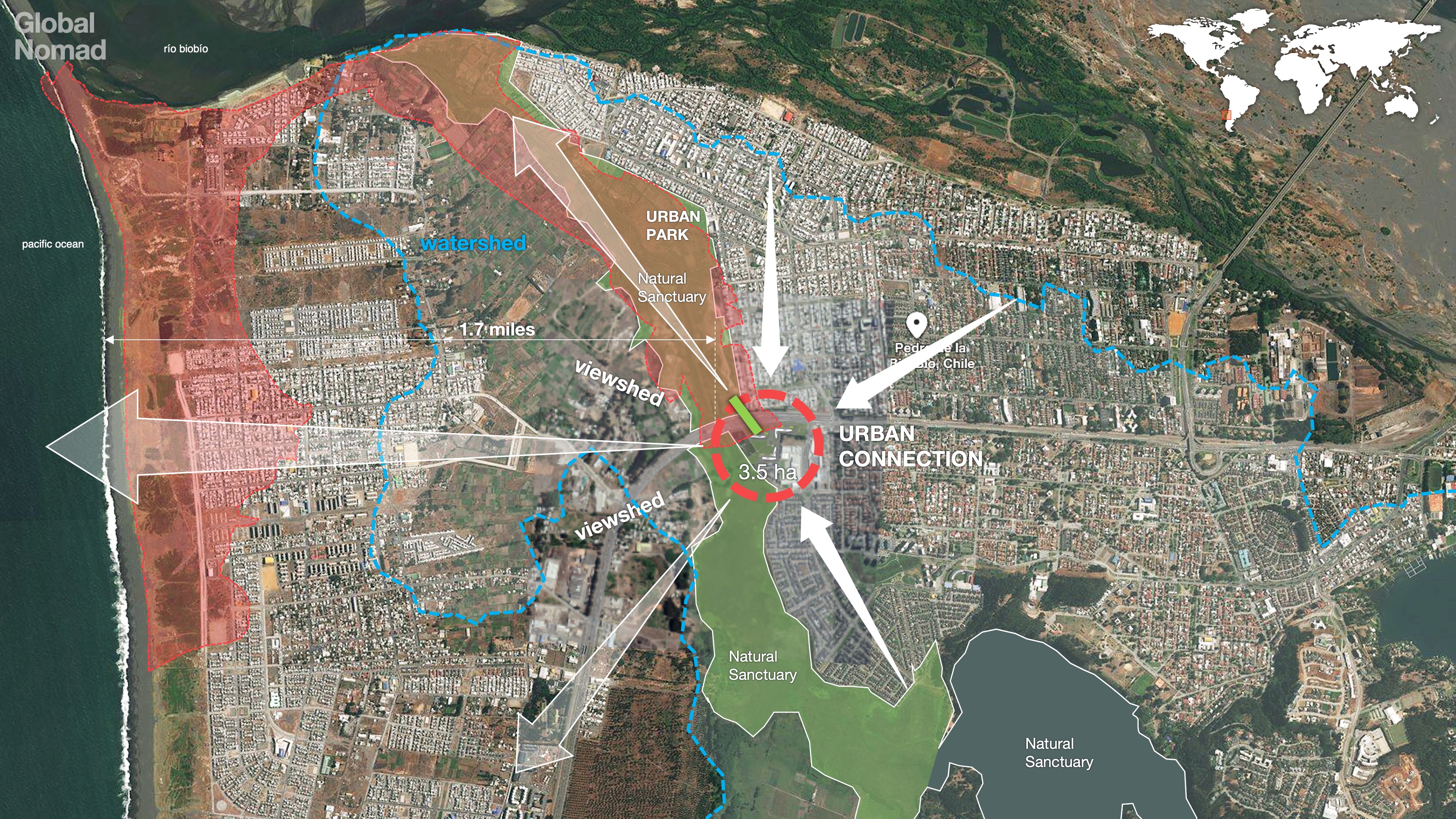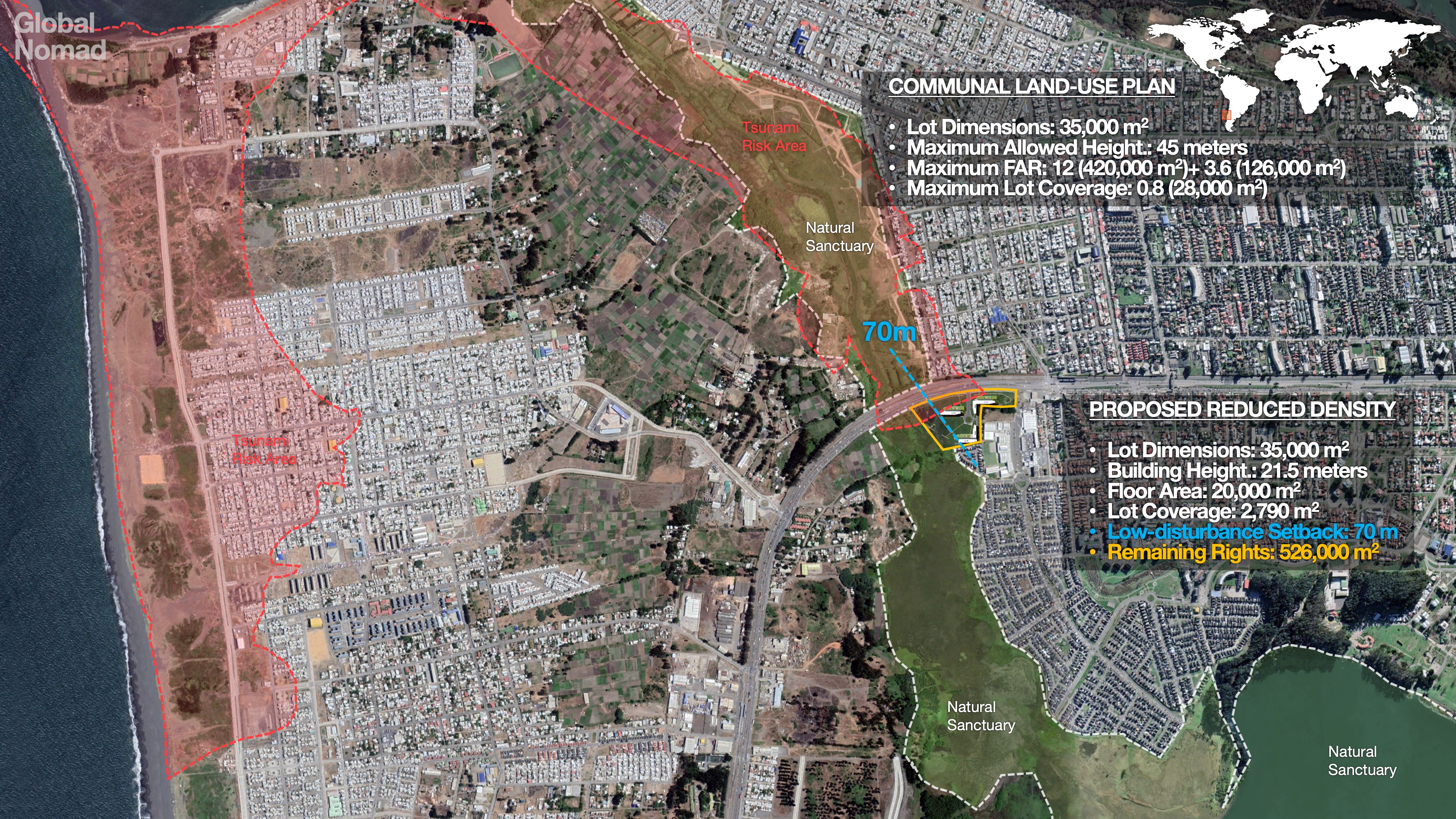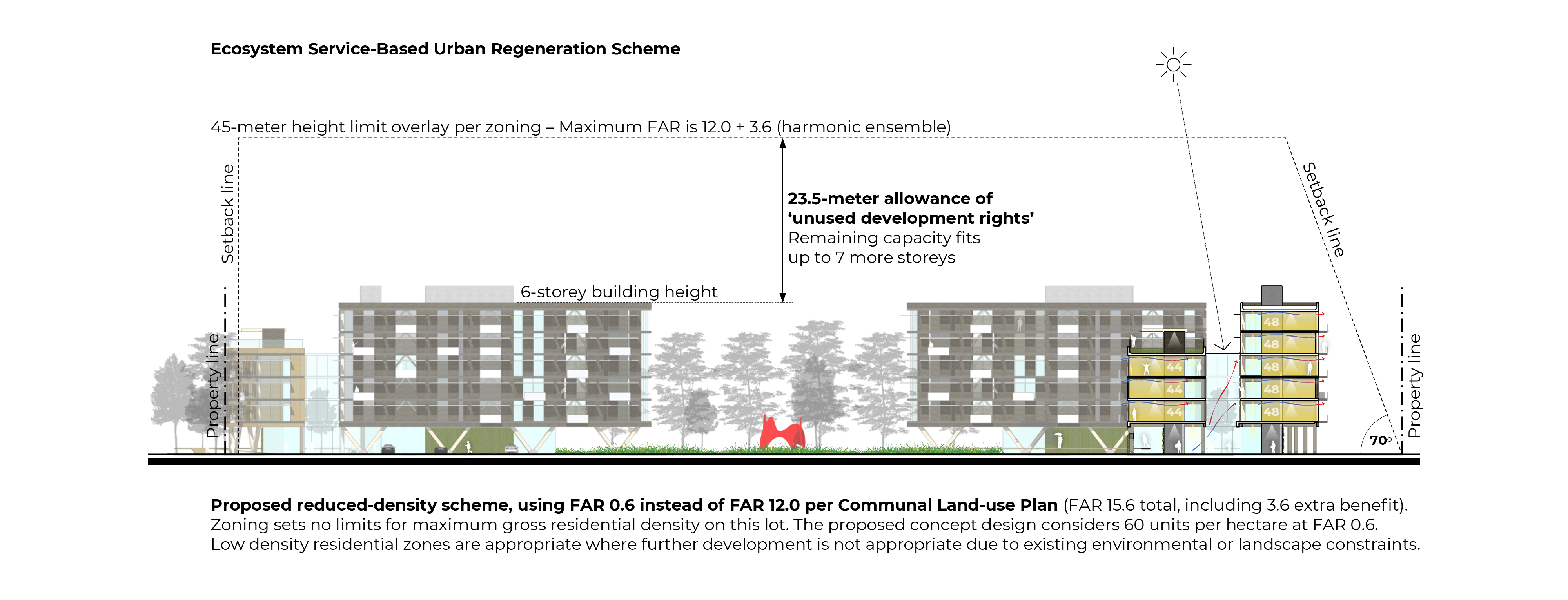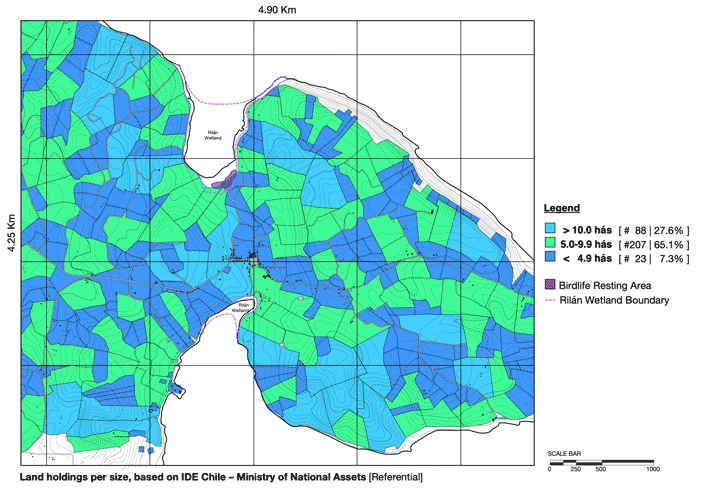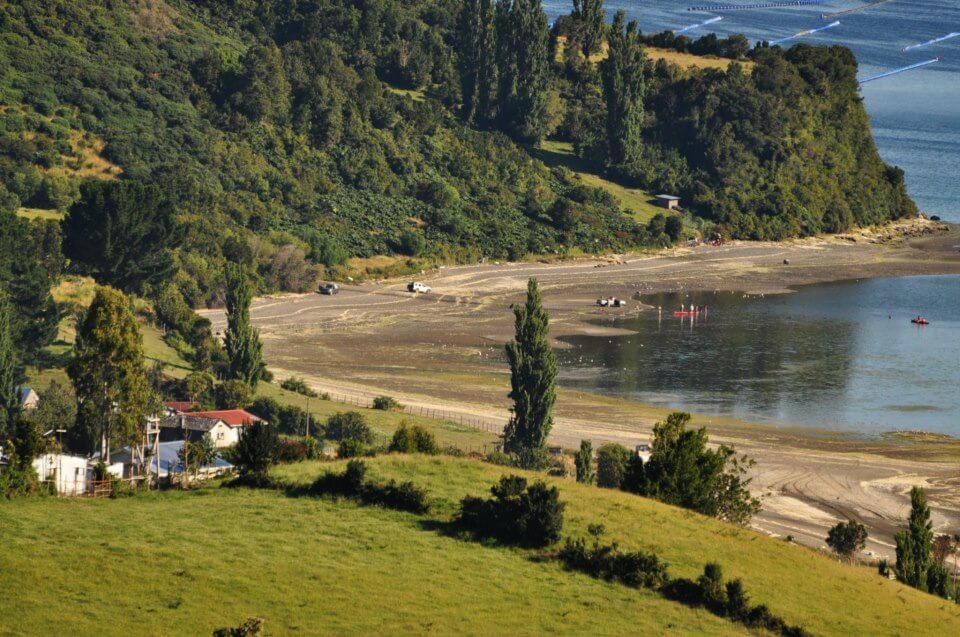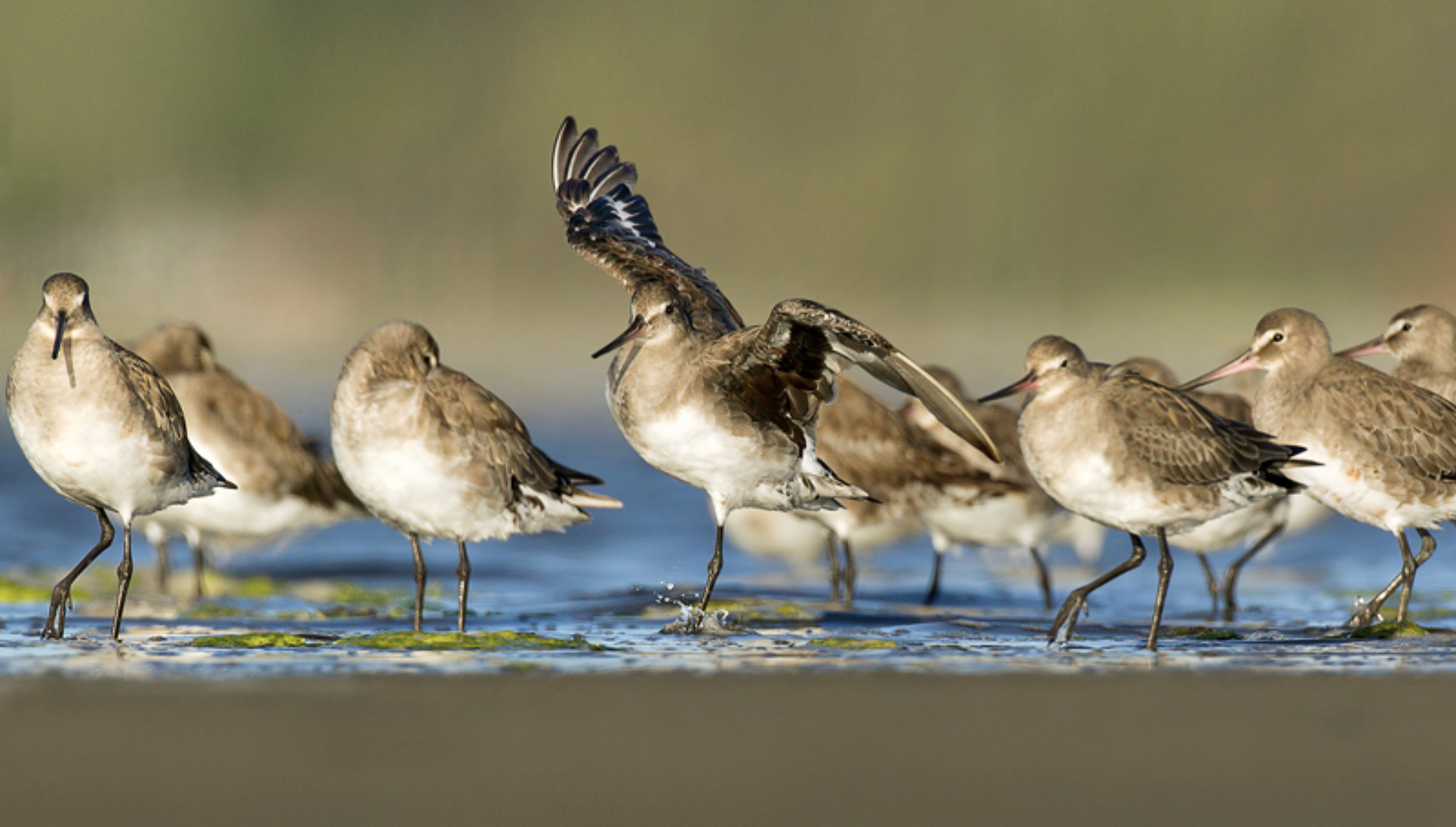WE STRIVE FOR SUSTAINABILITY AT EVERY SCALE
Specializing in integrated climate-based design, our human-centered approach expands organically: from designing a tiny building to envisioning a regional masterplan, our expertise and commitment to applied sustainability at any scale of implementation and complexity consistently empowers human experiences, wellbeing, decision-making, and behavior. Our approach integrates principles that include low-carbon design, low-impact development, high-performance buildings and landscapes, and life-cycle costing.
Integrated Design Approach
High Performance & Low Impact
Fast & Precise Assembly
Hybrid Structure
High Performance & Low Impact
Program
– Administration Area …………………………………………… 57 m²
– Corporate Area ……………………………………………………. 127 m²
– Production/Support Area ………………………….. 1,084 m²
– Ancillary Area ………………………………………………………. 165 m²
– Residency Area ……………………………………………………. 101 m²
Technical Specs
Maximum Cellar Capacity …………… 700 Barrels
Six Grape Varieties:
– Sirah ………………………………………………….. 10%
– Cabernet. Sauvignon …………………. 20%
– Cabernet Franc ……………………………… 10%
– Carignan ………………………………………….. 30%
– Petit Verdot …………………………………….. 10%
– Pinot Noir ………………………………………… 20%
Balanced Living Approach
- sustainable living;
- spiritual wellbeing, social ecology, and environmental health;
- culture, education, and research;
- organic food production & local economic prosperity.
Program
– Administration Area ………………………………………….. 57 m²
– Corporate Area ……………………………………………………. 127 m²
– Production/Support Area ………………………….. 1,084 m²
– Ancillary Area ………………………………………………………. 165 m²
– Residency Area ……………………………………………………. 101 m²
Technical Specs
Maximum Cellar Capacity …………… 700 Barrels
Six Grape Varieties:
– Sirah ………………………………………………….. 10%
– Cabernet. Sauvignon …………………. 20%
– Cabernet Franc ……………………………… 10%
– Carignan ………………………………………….. 30%
– Petit Verdot …………………………………….. 10%
– Pinot Noir ………………………………………… 20%
TDRs, LDI & CLT
Highly Anthropized Watersheds
Urban soil characteristics, especially soil physical properties, have changed dramatically due to compaction resulting from intensive human activities and the expansion of paved surfaces, affecting local water regimes, including increased volumes of urban runoff during rainy seasons due to a decline in soil infiltration capacity, with the potential detriment in the health and balance of the adjacent wetlands and their habitats.
Designing for Ecosystems in Crisis
Low impact development principles, featuring state of the art design and engineering best practices, can help regenerate those critical ecosystems by maintaining the predevelopment –as in before agriculture– hydrology and water quality of a site or area.
A New Development Mindset
With the recent declaration of the Natural Sanctuary, and the Urban Wetlands Law, a new generation of developers are needed to change an obsolete paradigm and thrive within contemporary and appropriate restrictions to safeguard the natural conditions of the coastal landscape as much as possible. Rethinking the business and the role of real estate development in the sustainability of our cities –maintaining a focus on conservation, recreation, and education– allowing humans and nature to coexist in a healthy manner, is fundamental to reach Chile’s climate change goals.
Healthy Watershed, Healthy Coast
Fast & Precise Assembly
Hybrid Structure

A view from the Natural Sanctuary towards a 70-meter publicly accessible voluntary low-disturbance buffer, inside the complex.
While the local zoning code enables this 3.5-hectare site to develop up to 526,000 sqm with an 80% lot coverage, this concept-design project develops only 20,000 sqm and a lot coverage ten times smaller than the maximum legally allowed, keeping the remaining unused 506,000 sqm to develop elsewhere, through a transferrable development rights program.
Coastal Land and Plain Watersheds Planning in the Rilán Peninsula
Collaborative approach
Integrating the land-use patterns in the Rilán Peninsula requires the systemic combination of all variables, aspirations, constraints, trends, and public plans that facilitate the sustainable development scenario including:
- resiliency and climate-proofing for development;
- human security, health, equity, and wellbeing;
- environmental health;
- biocultural permanence;
- economic prosperity.
High Performance Water Dynamics
A higher private demand for land in the Chiloense region is advancing counterclockwise concerning the access to fresh water, which is directly associated with the degradation of critical ecosystems that are key in the hydric regime, like coastal wetlands.
The health of our coastal wetlands depends on aquifer recharge with stormwater.
Biocultural Standards
Technically and for the time being, the entire Rilán Peninsula is agricultural land with the absence of a legally binding framework to oblige the provision of public or community spaces as a requirement that equips the rururbanization process taking place in the area in an appropriate manner. Land subdivisions advertised as residential projects do not provide for cultural development, human wellbeing or biological integrity.
Chiloé needs a systemic approach to public policy.
Addressing Protection & Hazards
Tsunamis and storm surges are recurring coastal flood hazards.
Setbacks are appropriate to regulate the location of structures and minimize the impact of socio-natural disasters associated with the short-term dynamism of the coastal zone, as well as to provide protection to the coastal wetlands from human disturbances.
Structures located within regulated buffers, defined by appropriate setbacks, will be mandated to comply with resiliency principles through best-practice low-impact development guidelines and nature-based solutions, and address the recently approved Urban Wetlands Bylaw which considers the following minimum criteria:
- protect the ecological and functioning characteristics of urban wetlands;
- maintain the surface-water and groundwater hydrological regime of urban wetlands;
- promote a rational use of urban wetlands.

